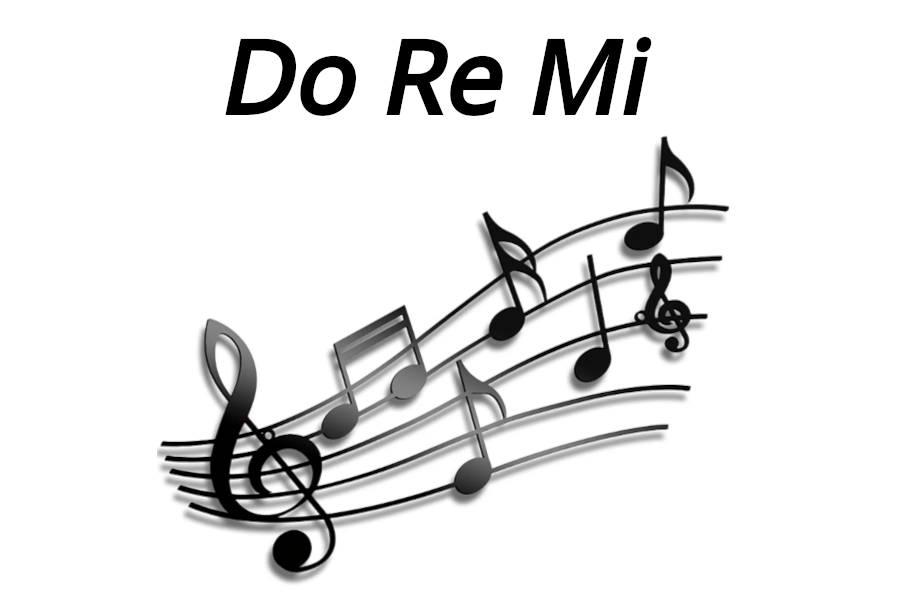Hi folks,
In this post I’ll talk about Tonic Sol-fa.
Before going into tonic sol-fa, you may be wondering: why is tonic sol-fa important to a pianist? Here are a few reasons:
- Understanding music theory: Tonic sol-fa enables pianists understand the function of each note in a key, and how notes relate to each other.
- Improving sight-reading: Tonic sol-fa helps pianists “hear” written music in their heads, making it easier to sight-read.
- Playing by ear: Tonic sol-fa helps pianists recognize notes and play melodies by ear.
- Transcribing and transposing music: Tonic sol-fa helps pianists write down music easily and change the key.
- Singing confidently: Tonic sol-fa helps pianists stay in tune and sing with accurate vocal control.
- Composing: Tonic sol-fa helps pianists bring their music from their minds into the world.
Tonic sol-fa is a tool for teaching sight singing, invented boy Sarah Ann Glover.
It is based on movable do solfège.
You use it to learn the notes of the major scale, which is one of the most commonly used music scales, especially in Western music.
There are 7 notes in the major scale in the key of C. C major scale is the easiet scale to learn because it has all white keys.
The notes of the C major scale are C D E F G A and B.
The names we give to these keys in tonic sol-fa are:
do re mi fa sol la and ti
or in shorter form we call them:
d r m f s l t
To remember these you can use the song Do-Re-mi
It goes as follows:
Doe – a dear, a female dear (do)
Ray – a drop of golden sun (re)
Me – a name I call myself (mi)
Far – a long long way to run (fa)
Sew – a needle pulling thread (sol)
La – a note to follow so (la)
Tea – a drink with jam and bread (ti)
and that brings us back to to Doe.
See Do-Re-Mi video below:
The solfège syllables for all notes of the scale are shown below:
| Major scale degree | Mova. do solfège syllable | # of half steps from Do | Trad. pron. |
|---|---|---|---|
| 1 | Do | 0 | /doʊ/ |
| Raised 1 | Di | 1 | /diː/ |
| Lowered 2 | Ra | 1 | /ɹɑː/ |
| 2 | Re | 2 | /ɹeɪ/ |
| Raised 2 | Ri | 3 | /ɹiː/ |
| Lowered 3 | Me (& Ma) | 3 | /meɪ/ (/mɑː/) |
| 3 | Mi | 4 | /miː/ |
| 4 | Fa | 5 | /fɑː/ |
| Raised 4 | Fi | 6 | /fiː/ |
| Lowered 5 | Se | 6 | /seɪ/ |
| 5 | Sol | 7 | /soʊ/ |
| Raised 5 | Si | 8 | /siː/ |
| Lowered 6 | Le (& Lo) | 8 | /leɪ/ (/loʊ/) |
| 6 | La | 9 | /lɑː/ |
| Raised 6 | Li | 10 | /liː/ |
| Lowered 7 | Te (& Ta) | 10 | /teɪ/ (/tɑː/) |
| 7 | Ti | 11 | /tiː/ |
That’s all for now. Till next time, happy music learning.
References
Tonic sol-fa. Wikipedia. https://en.wikipedia.org/wiki/Tonic_sol-fa
Solfège. Wikipedia. https://en.wikipedia.org/wiki/Solf%C3%A8ge
